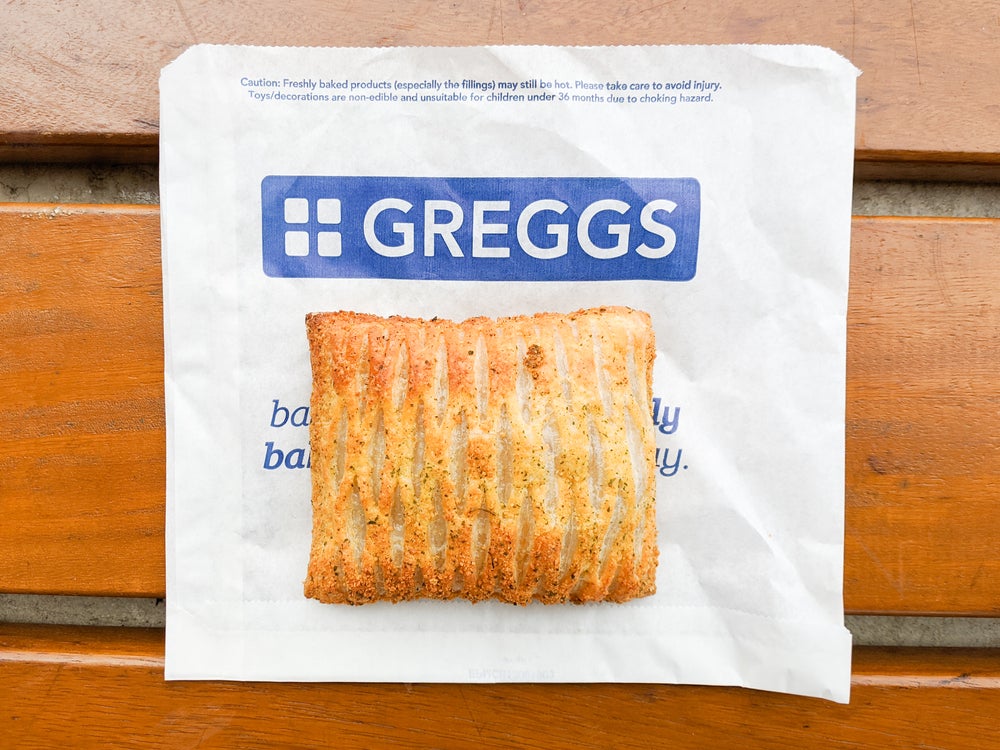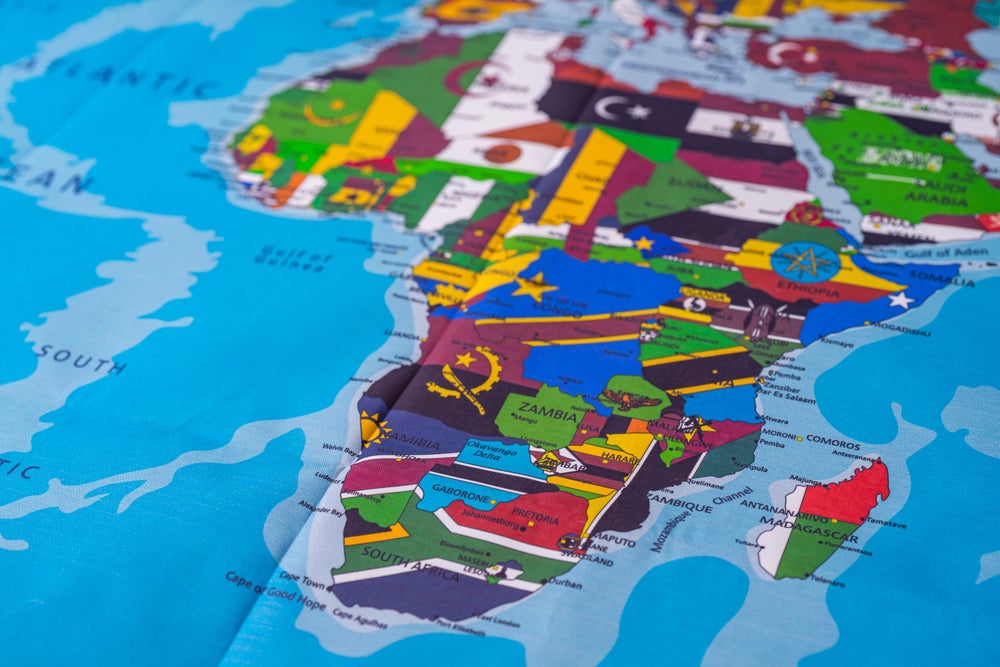Cash is very much the dominant payment method in Pakistan, from low-value retail purchases to large-scale business transactions. Low financial inclusion levels, merchant reluctance and user surcharges mean card adoption is low, although government initiatives and alternative channels could change the picture
The payment system in Pakistan is dominated by cash, which is used both for small retail payments such as restaurant bills and groceries, and for large business transactions.
Cash accounted for 98.9% of the overall payment transaction volume in 2015, primarily because most banks and merchants have been slow in promoting electronic payments. Merchants are also reluctant to accept payments via modern POS systems, and often discourage card payments by imposing surcharges.
Frequency of payment card use in Pakistan was 12 in 2015 – lower than many of its peers, including Indonesia (27.6), Cambodia (27.4), the Philippines (23.4), Thailand (23.2), Malaysia (20.5) and India (13.6).
Government and banks push for inclusion
A low rate of financial inclusion remains a challenge for the wider adoption of payment cards in Pakistan. Penetration was just 0.151 cards per individual in 2015 – lower than China (3.841), Malaysia (1.770), Thailand (1.450), Vietnam (1.035), India (0.558), the Philippines (0.556) and Indonesia (0.509).
According to the World Bank, the number of adults in Pakistan with no access to formal financial services reached 100 million in 2015, accounting for 5% of the world’s unbanked population. The percentage of the population aged 15 or above with a bank account was 8.7% in 2014, according to the World Bank’s Global Findex survey.
How well do you really know your competitors?
Access the most comprehensive Company Profiles on the market, powered by GlobalData. Save hours of research. Gain competitive edge.

Thank you!
Your download email will arrive shortly
Not ready to buy yet? Download a free sample
We are confident about the unique quality of our Company Profiles. However, we want you to make the most beneficial decision for your business, so we offer a free sample that you can download by submitting the below form
By GlobalDataTo increase financial inclusion, the government launched the National Financial Inclusion Strategy in May 2015, which aims to expand financial access to at least 50% of the adult population by 2020.
Pakistan has also received support from the World Bank Group with its Country Partnership Strategy (2015–2019), which offers reforms to improve financial inclusion.
To further support financial inclusion and serve the unbanked population, banks are offering alternative channels such as branchless and agent banking.
HBL offers HBL Express – a branchless banking service allowing users to make fund transfers in more than 183 cities, pay utility bills and recharge mobile phones.
HBL Express services can be accessed through over 10,200 agents, and users are not required to have an account to use the service.
Similarly, UBL offers the Omni branchless banking service in more than 650 locations in Pakistan, allowing consumers to open a basic bank account and receive a debit card. Omni can also be used to send and receive money, deposit and withdraw cash, make utility bill payments and donations, and recharge mobile phones.
A rise in financial inclusion allows consumers to access services such as current and savings accounts, and payment cards.

MNOs complement government programmes
MNOs in Pakistan play a critical role in providing financial access to the population not served by the conventional banking system.
Telenor Pakistan and Tameer Microfinance Bank’s joint venture, Easypaisa, introduced Easypay to facilitate multiple payment options for merchants and customers.
With Easypay, customers can make online and in-store payments using Easypaisa mobile accounts. Users make online payments by selecting Easypay at the checkouts of online merchants. In-store payments can be made via agents at more than 70,000 Easypaisa shops. Consumers can also deposit money to their Easypaisa mobile account at these locations.
The UK-based Centili offers direct carrier billing services in Pakistan in collaboration with MNOs such as Mobilink, Telenor, Zong, Ufone and Warid.
Centili can be accessed by 136 million subscribers in Pakistan, and is used to make payments for digital content directly charged to the bill of a mobile device.
Similarly, Fortumo partnered with mobile operator Zong in April 2016 to launch a direct carrier billing service in Pakistan, allowing 26 million Zong customers to make payments for digital contents and apps.
Remittances drive debit card use
Remittances play an important role in driving growth of debit cards in Pakistan. With a significant number of Pakistanis living and working abroad, remittance debit cards have become a key driver of growth in electronic payments.
Inward remittances rose from $12.3bn (PKR1.1trn) in 2011 to $17.5bn in 2015, and are expected to reach $20bn in 2018.
To capitalise on this, banks offer remittance accounts and debit cards, allowing migrant consumers to transfer money to beneficiaries in Pakistan.
HBL offers the HumWatan current or savings account, allowing Pakistanis residing in foreign countries to send money to relatives in Pakistan.
While account holders are offered a debit card to access funds in the account, their relatives are also offered debit cards to receive and access the remitted funds.

E-commerce growth to provide scope
E-commerce grew significantly from $8.6m in 2011 to $61.4m in 2015, at an average growth rate of 63.57% between the two years.
The introduction of 3G and LTE technology, and the proliferation of smartphones supported the rise in online shopping in the country.
According to the Pakistan Telecommunication Authority, the number of smartphone users exceeded nine million in 2015, and the number of smartphones is expected to reach 40 million by the end of 2016. E-commerce is expected to grow further to reach $218.4m in 2020.
To offer payment card processing to e-commerce merchants, online payment solution provider Easypay partnered with MCB in February 2016. The partnership enables online merchants to serve customers by processing Visa and MasterCard transactions online via MasterCard Payment Gateway Services, and allowing Easypay to manage all online payment cards transactions for clients.
Easypay also accepts payments from consumers who do not have a payment card by generating an Easypay token, which can be paid at any of 70,000 Easypaisa locations.
To increase online shopping, e-commerce websites offer cash-on-delivery options to customers, negating the obstacle created by increasing card fraud incidences in Pakistan.
Banks and telecommunications operators are also offering branchless banking services such as Telenor’s Easy Paisa, Zong and Askari Bank’s Timepey, Mobilink’s Mobicash to provide offline payment options for online purchases.
The number of branchless banking agents has also increased, making it much more convenient for merchants to collect payments electronically for online purchases.
Moreover, banks are offering internet banking services allowing consumers to make electronic fund transfers from accounts to online retailers.
The growing modes of online payment allow consumers to choose payment options that meet their needs, and are expected to expand Pakistan’s e-commerce market.







